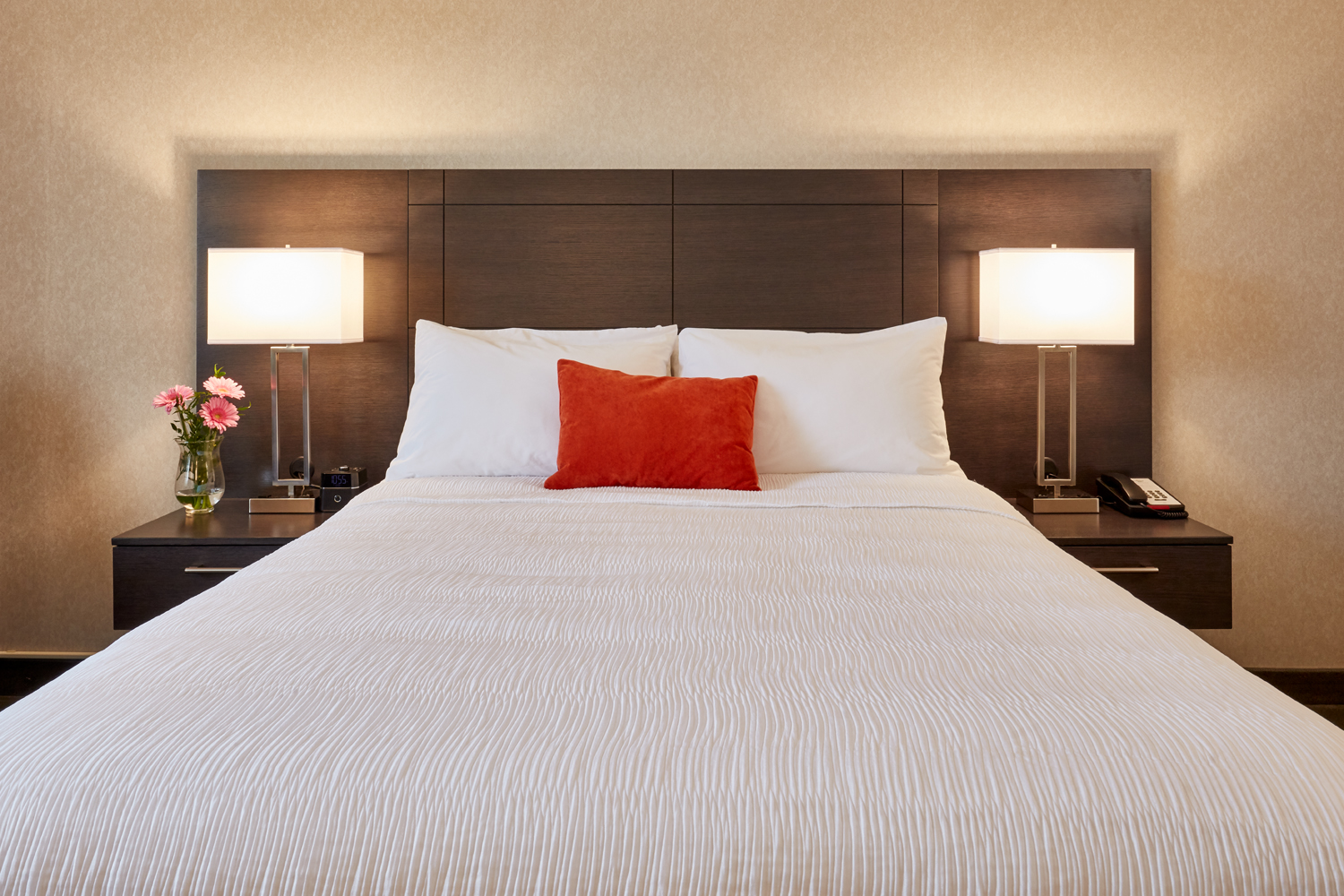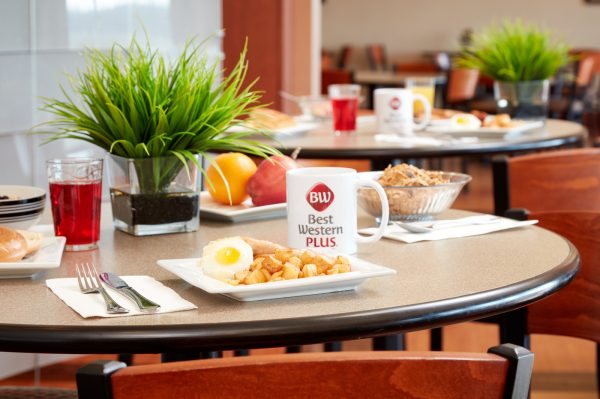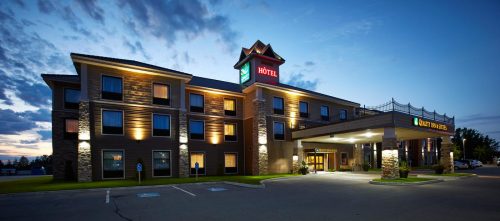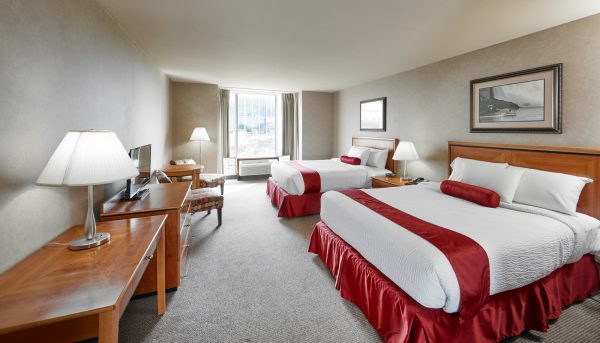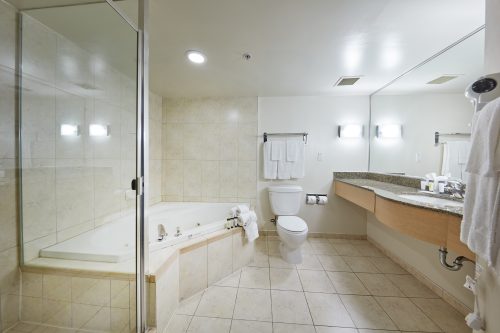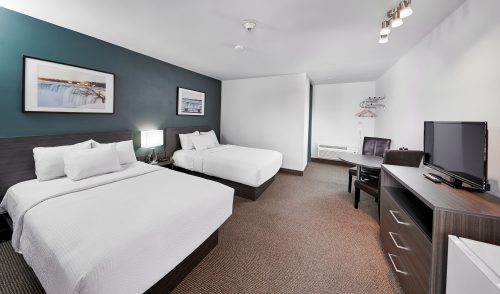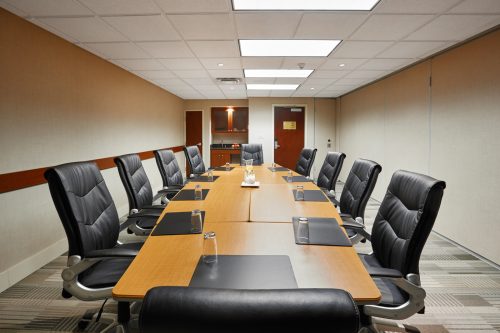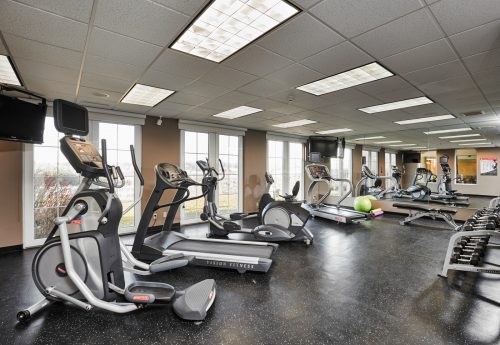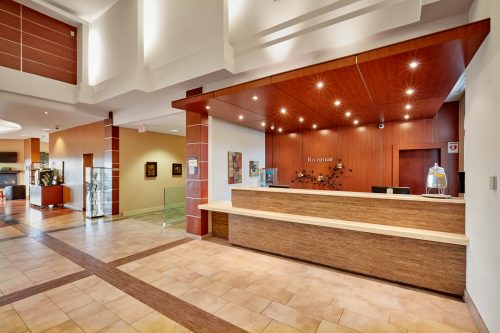In todays modern age of technology and social media channels, consumers are more often than ever making buying decisions for goods or services from web based images and information alone. This makes it more important than ever to invest in high quality photography, as first impressions are key and accurate representation ensures a higher rate of customer satsifaction and reduced complaints or product returns.
In the hospitality industry, professional hotel photography is a natural way to show off the features and benefits of a property to a global audience. Professional hotel photography can establish a mood for an image ie an exterior of the building or pool area at dusk balanced with available lighting to create a very inviting image. Interior images can feature room options and all of the hotel amenities available during your stay. Details are also important to show finishes and the creature comforts we all desire.
In all aspects of photography, you will have to learn how all different artificial light sources have their own colour temperatures. These colours range from red or “warm”, to blue or “cold”, which leaves natural lighting directly in the middle. Natural light can create a soft, white feeling which will more often be the right look when showing a hotel room. When relying on natural light it is important to replace any lightbulbs in the room with daylight bulbs so that they match the daylight colour and make for a more pleasing shot. This will also soften the brightness from the bulbs so that they do not create strong shadows or take away from the soft, white feel of the room.
When photographing the interior of a hotel or any building for that matter it is essential to use a wide-angle lens which allows for optimal viewing in small spaces. These shots are important in order to display the room in its entirety, instead of multiple shots where it may be harder to visualize. They may not always be the prettiest shots as wide angle lenses can cause distortion, but they are essential when attempting to feature a small room. A wide angle lens also helps to make a room look larger than life.
And last but not least, it may seem obvious, but you must make sure that the room is neat and tidy. If not it may take more time cleaning up the photos in post-production once they have been processed. Take some time and scan through the rooms making sure everything is up to the clients, and your own standards.


